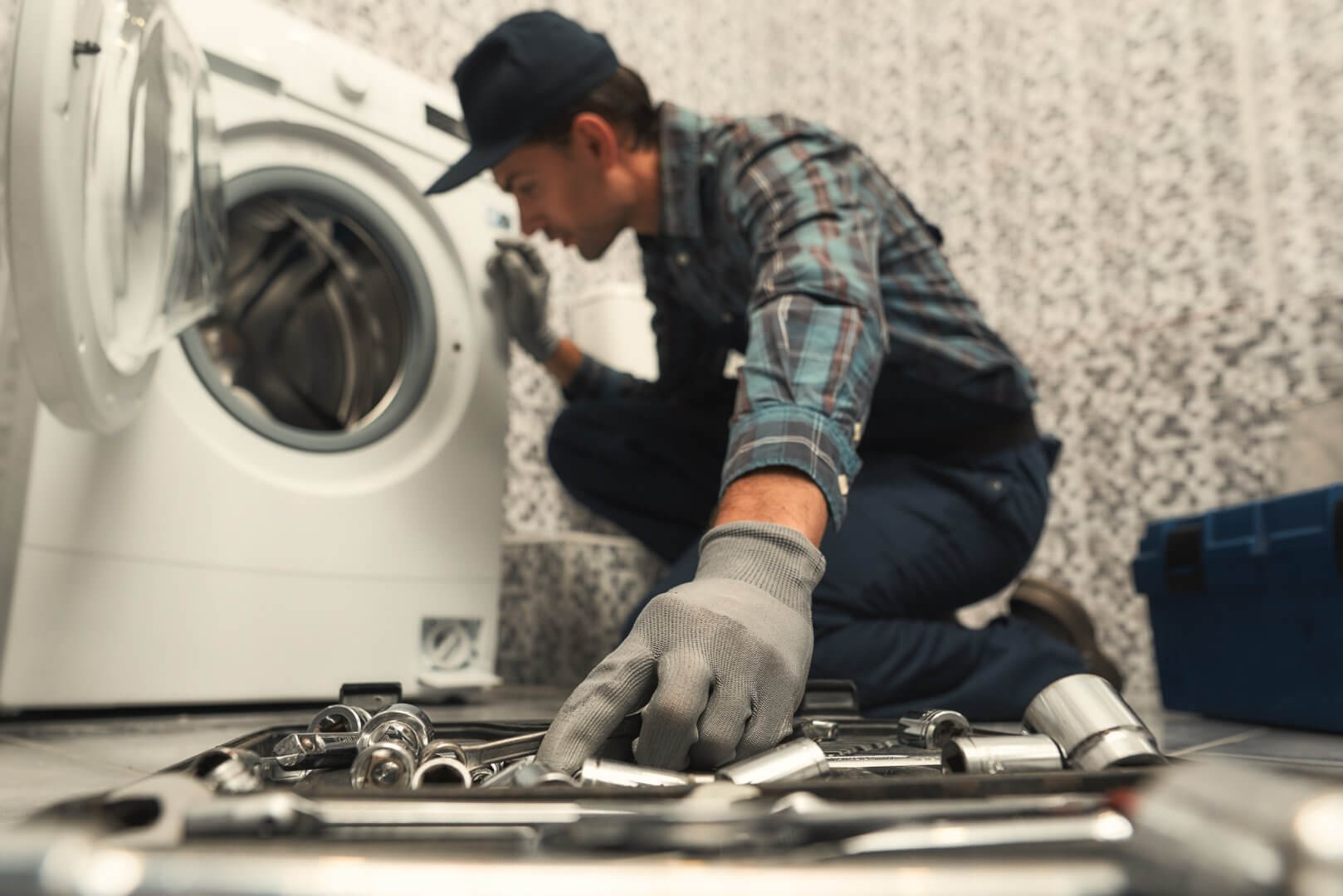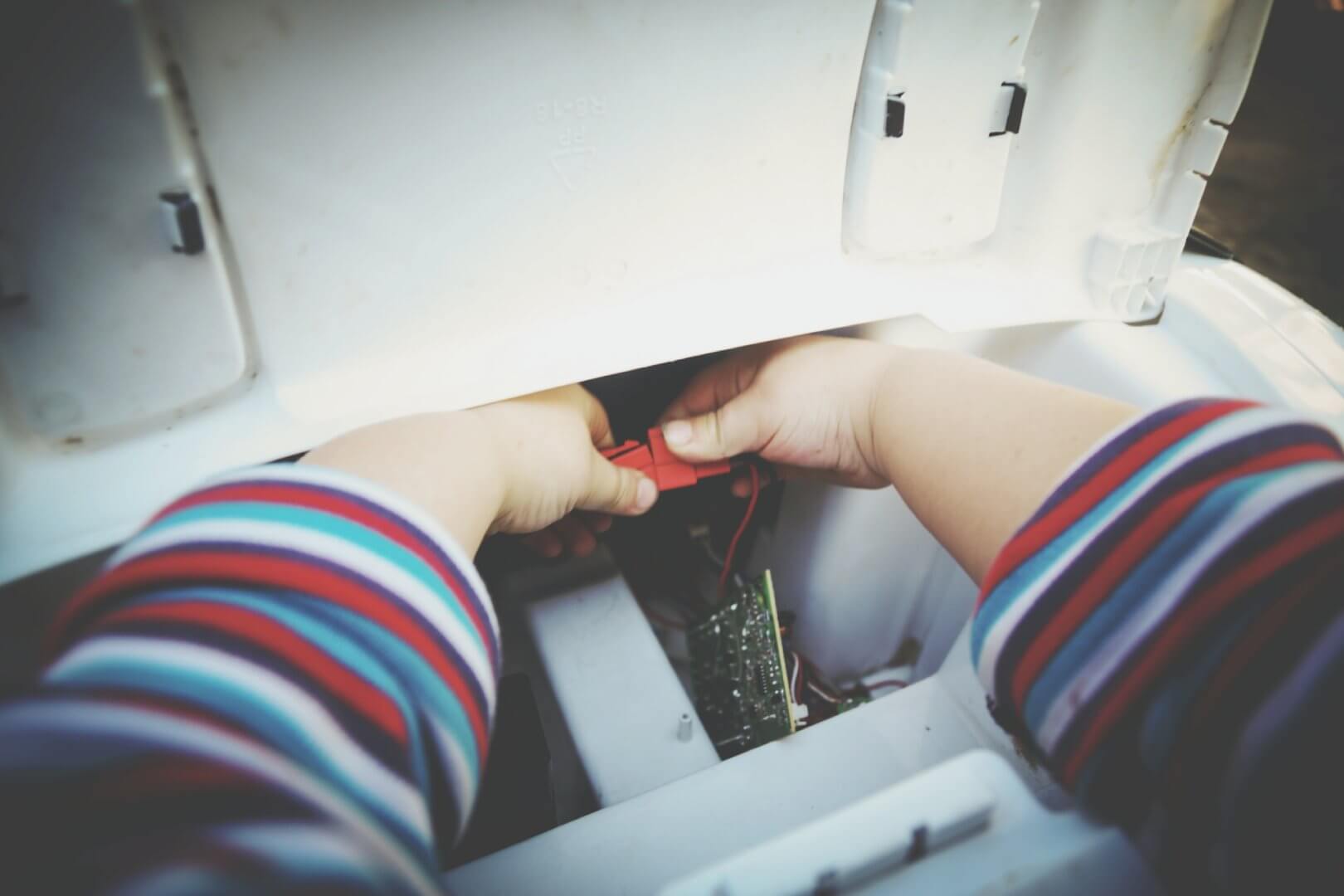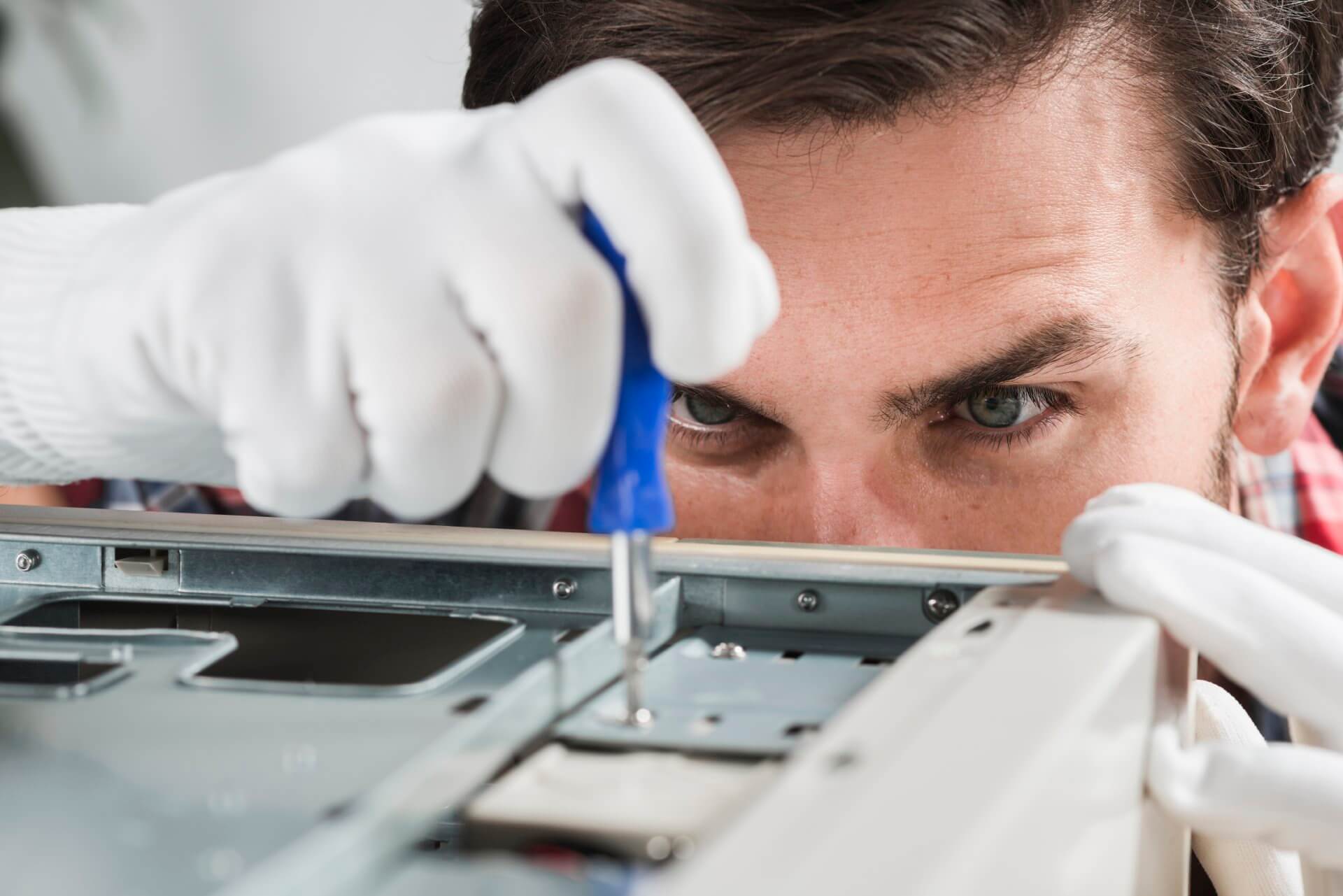How to Clean Dryer Vent: Complete DIY Guide | Australian Fire Safety 2025
That pile of lint you clean from your dryer's filter is just the tip of the iceberg. Did you know that for every load of laundry, tiny fibres escape past the lint trap and gradually build up in your dryer's vent system? When your dryer vent becomes clogged with lint, it's not just inefficient – it's downright dangerous!
According to Fire and Rescue NSW, approximately 5% of house fires in Australia originate from clothes dryers, with blocked vents being the primary culprit. But here's the good news – most of these fires are completely preventable with proper maintenance.
I've helped hundreds of homeowners maintain their dryers safely, and I can tell you that cleaning your dryer vent is one of the most important home maintenance tasks that often gets overlooked. This guide will walk you through exactly how to clean your dryer vent system properly, potentially saving you from a devastating house fire while also improving your dryer's efficiency.

Why Cleaning Your Dryer Vent Is Crucial
Before diving into the how-to, let's understand why this maintenance task is so important:
Fire Prevention
The most critical reason to clean your dryer vent is fire safety. When lint accumulates in the vent system:
- It creates a highly flammable blockage
- Restricted airflow causes overheating
- The combination of heat, oxygen, and flammable material creates ideal fire conditions
According to Australian standards for fire safety (AS/NZS 5601), proper ventilation for all gas appliances (including gas dryers) is mandatory. Even for electric dryers, keeping vents clear is essential for preventing fire hazards.
Energy Efficiency
A clogged dryer vent forces your dryer to work much harder:
- Drying cycles take 30-50% longer
- Energy consumption increases dramatically
- Your energy bills climb unnecessarily
In fact, cleaning your dryer vent can reduce energy usage by up to 30%, potentially saving $100-150 per year on Australian electricity costs.
Extended Appliance Life
Proper vent maintenance can add years to your dryer's lifespan:
- Reduces strain on the heating element
- Prevents overheating of internal components
- Decreases wear on motors and bearings
Most dryers are designed to last 10-15 years, but without proper vent maintenance, many fail in just 5-7 years.
Warning Signs Your Dryer Vent Needs Cleaning
How do you know when it's time to clean your dryer vent? Look for these telltale signs:
- Clothes take longer to dry than they used to
- Dryer exterior feels unusually hot during operation
- Burning smell when the dryer is running
- Excessive lint around the dryer's exterior vent flap
- No air coming from the outdoor vent when dryer is running
- Dryer automatically shuts off before cycle is complete
- Laundry room feels unusually humid during dryer operation
If you notice any of these warning signs – or if it's been more than a year since your last vent cleaning – it's time to take action.
How Often Should You Clean Your Dryer Vent?
For most households, dryer vents should be cleaned at least once per year. However, you might need more frequent cleanings if:
- You do more than 5-6 loads of laundry weekly
- You dry heavy items like towels and blankets regularly
- You have pets that shed extensively
- Your vent system has multiple bends or is longer than 4 metres
- You've noticed any of the warning signs listed above
Professional cleaning is an option, but with the right tools and safety precautions, most homeowners can perform this task themselves and save $180-300.
What You'll Need
Before starting, gather these supplies:
Essential Tools:
- Dryer vent cleaning kit with flexible rods and brush attachments (available at Bunnings for $40-60)
- Vacuum with hose attachment
- Screwdriver (to remove vent clamps)
- Gloves
- Dust mask
- Brush for cleaning lint trap housing
Optional Tools:
- Leaf blower (for outdoor cleaning)
- Digital camera or smartphone (to inspect hard-to-see areas)
- Dryer vent cover brush
Step-by-Step Guide to Cleaning Your Dryer Vent
1. Prepare Your Work Area
Safety First:
- Unplug your dryer or turn off the gas supply
- Pull the dryer away from the wall about 60 cm to access the vent
- Put on your dust mask and gloves to protect yourself from lint and dust
- Lay down towels if cleaning indoors to catch loose lint
2. Disconnect the Dryer Vent
- Locate the vent connection at the back of your dryer
- Loosen the clamp or tape securing the vent to the dryer
- Carefully disconnect the vent hose from the dryer's exhaust port
- Inspect the connection point for damage or excessive lint buildup

3. Clean the Dryer's Exhaust Port
- Vacuum the dryer's exhaust opening thoroughly
- Remove any visible lint by hand (wearing gloves)
- Check inside the dryer's exhaust cavity with a torch
- Clear any buildup that might restrict airflow
4. Clean the Lint Trap Housing
While you're working on the dryer, don't forget the lint trap area:
- Remove the lint screen completely
- Vacuum the lint trap housing using a crevice attachment
- Use a long, flexible brush to reach deep into the housing
- Clean the lint screen with warm, soapy water if it has residue buildup
- Allow the screen to dry completely before reinserting
Pro Tip: Fabric softener and dryer sheets can leave an invisible residue on lint screens that restricts airflow. Test your screen by pouring a small amount of water on it – if the water pools instead of flowing through, wash the screen with warm soapy water.
5. Clean the Vent Duct
Now for the main event – cleaning the actual vent duct:
- Locate the exterior vent where the duct exits your home
- Check for any obvious obstructions like bird nests or debris
- Return to the dryer end of the vent duct
- Insert the brush end of your vent cleaning kit into the duct
- Push the brush through the duct while rotating it clockwise
- Add extension rods as needed to travel the full length
- Continue until the brush emerges from the exterior vent
- Pull the brush back through while still rotating it
For especially long or complex vent systems, you may need to clean from both ends.

6. Use Controlled Air Pressure (Optional)
For stubborn blockages or very long vent systems:
- Seal the connection between your vacuum and the vent using tape or a specialised attachment
- Run the vacuum on its highest setting to pull out loose lint
- Alternatively, use a leaf blower from the outside to force debris out (covering the opening with a cloth to catch lint)
Safety Warning: If using a leaf blower, ensure the dryer is completely disconnected, and be prepared for a significant amount of lint to blow out. Never use high-pressure air compressors as they can damage the duct.
7. Check the Exterior Vent
- Go outside and remove the vent cover
- Clean any remaining lint from the vent opening
- Ensure the flap moves freely and creates a good seal when closed
- Remove any obstructions like built-up lint or nesting materials
- Replace damaged vent covers to prevent pest intrusion
8. Reconnect Everything Properly
- Reconnect the vent hose to your dryer
- Secure it with clamps or metal tape (never use screws as they can catch lint)
- Ensure all connections are tight but not crimped
- Push the dryer back into position carefully to avoid crushing the vent
- Make sure the vent isn't kinked or compressed
Australian Standards Note: According to AS/NZS 5601, flexible foil ducts should be kept as short and straight as possible, with minimal bends that could restrict airflow or collect lint.

9. Final Testing
- Plug the dryer back in or turn the gas back on
- Run the dryer on air-only setting (no heat) for 10 minutes
- Check the exterior vent to ensure strong, consistent airflow
- Listen for any unusual sounds that might indicate a problem
- Check all connection points for air leaks
Prevention Tips to Reduce Lint Buildup
Keep your dryer vent cleaner longer with these habits:
- Clean the lint trap before every load — not just when it looks full
- Avoid overloading your dryer as it creates more lint
- Use dryer balls instead of fabric softener sheets to reduce residue
- Clean pockets before washing to prevent tissues and paper from entering the system
- Consider a secondary lint trap for the vent line (available at hardware stores)
- Upgrade to rigid metal ducts if you currently have flexible foil venting
- Minimise bends in your vent system when possible
When to Call a Professional
While most homeowners can clean their dryer vents successfully, some situations warrant professional help:
- Your vent system is on the roof or otherwise difficult to access
- You've never cleaned the vent and suspect severe blockage
- Your dryer continues to have efficiency issues after cleaning
- Your vent system is exceptionally long or has multiple 90-degree turns
- You have a gas dryer and aren't comfortable working around gas connections
Professional vent cleaning typically costs $150-300 in major Australian cities but provides peace of mind and thorough cleaning with specialised equipment.
The Environmental Impact
Beyond safety and efficiency, regular dryer vent cleaning is also environmentally responsible:
- Reduces energy consumption by 20-30%
- Lowers your carbon footprint
- Extends appliance lifespan, keeping dryers out of landfills
- Improves indoor air quality in your home
Conclusion
The 30-60 minutes it takes to clean your dryer vent is one of the most impactful home maintenance tasks you can perform. It protects your family from fire hazards, reduces energy bills, and extends the life of your dryer – all while being a simple DIY project most homeowners can handle.
I've seen firsthand how proper vent maintenance has saved customers from potential disasters and significantly improved their dryers' performance. Make this simple task part of your annual maintenance routine, and you'll enjoy safer, more efficient drying for years to come.
Remember, according to Fire and Rescue NSW, working smoke alarms and regular maintenance of high-risk appliances like dryers are your best defence against home fires. Don't wait until you notice problems – schedule your dryer vent cleaning today!

Frequently Asked Questions (FAQs)
Can I clean my dryer vent without special tools? While a proper cleaning kit with extensible rods gives the best results, you can perform a basic cleaning using a vacuum with a long hose attachment, a flexible brush, and patience. However, for thorough cleaning of longer vents, a specialised kit is highly recommended.
How do I know if my dryer vent cleaning was successful? After cleaning, run your dryer for 10 minutes and check the exterior vent. You should feel strong, warm airflow. Clothes should also dry 20-30% faster than before cleaning if the vent was significantly blocked.
Why does my dryer vent need cleaning if I always clean the lint trap? No lint trap captures 100% of lint. Smaller fibres pass through the screen and gradually accumulate in the vent system. Even with diligent lint trap cleaning, the vent itself needs annual maintenance.
Can blocked dryer vents cause health problems? Yes, beyond fire risks, blocked vents can force lint, moisture, and potentially harmful gases back into your home. This can contribute to indoor air quality issues, excess humidity, and mould growth in laundry areas.
What's better: flexible or rigid dryer vents? Rigid metal ducts are always preferable for dryer vents. They're more fire-resistant, collect less lint due to smooth interiors, and provide better airflow. Flexible foil ducts should only be used for short connections where rigid ducts won't fit, and according to Australian standards, should be kept as short as possible.
How much money can I save by cleaning my dryer vent in Australia? With Australian electricity prices among the highest in the world, a clean vent system typically saves $100-150 annually in energy costs. Additionally, you'll extend your dryer's lifespan and avoid the $1,000-2,000 replacement cost for many years. Regular cleaning is one of the best returns on maintenance time.

About Julian
Home appliance enthusiast and DIY repair specialist with a passion for helping others save money on appliance maintenance.
Related Articles

Dryer Not Drying Clothes? 5 Essential DIY Fixes | Australian Guide

Dryer Squeaking? 6 DIY Fixes to Silence Noisy Dryers | Australian Guide

